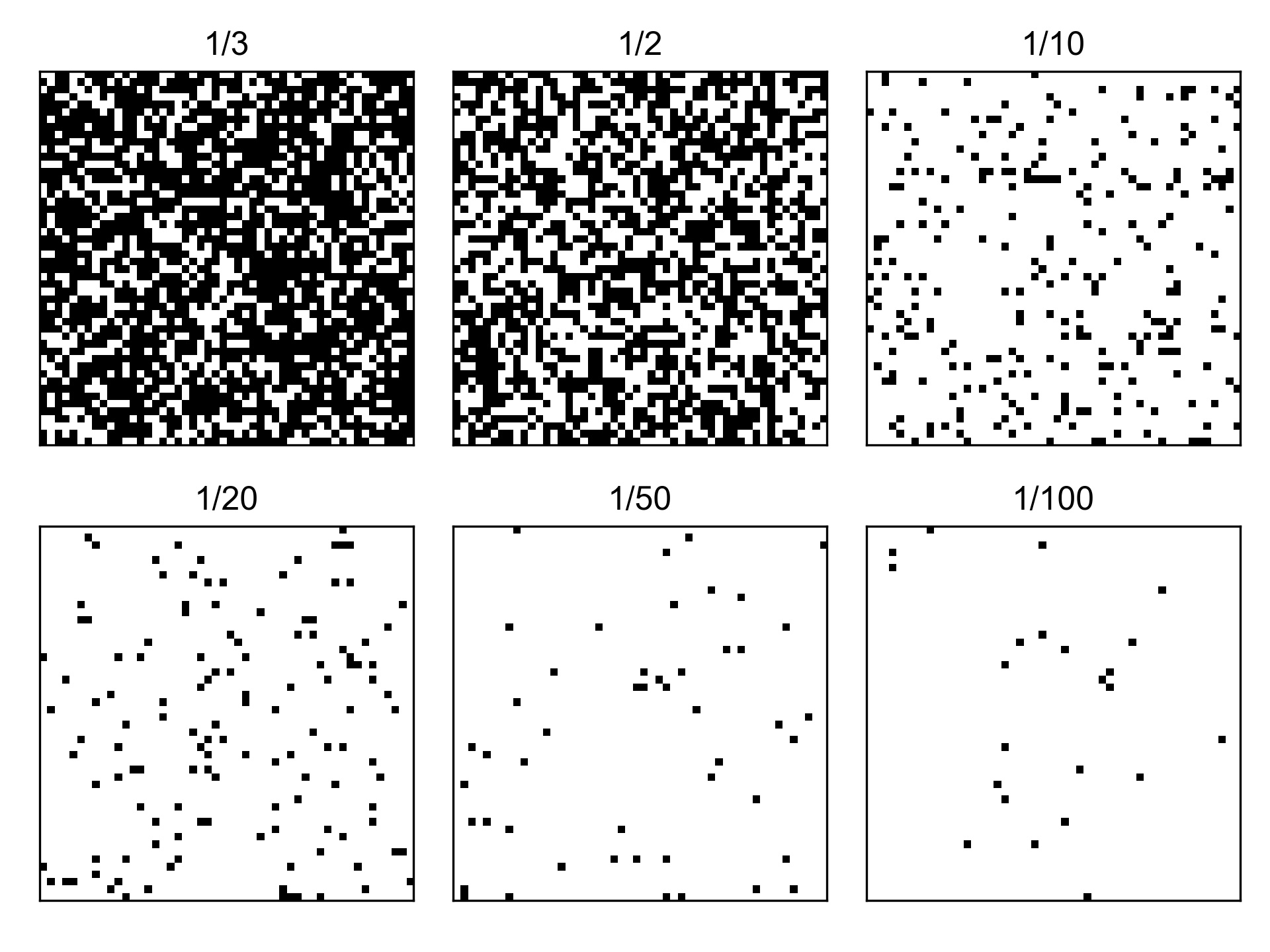Simple simulations
Boost studies with simple computations
As a technique, simulation should be an important paradigm that helps us predict the results before real experiments, and assist us to build an intution about how the real data should look like. If we can ponder before action, material and reagents can be save, and of course, less time to be waste. I was taught to simulate the genetic pattern of a population on my Population Genetics class, and it is famaliar to me to do some simulations. Here is a collection of my simulations.
If you’re interested in them, please email me for the codes.
Simulate a plate
Human is not so good in handling the concept of density or huge number. For example, we are confused when the article states that 50,000 colonies per plate were harvested, or the density of bacteria should be ~200 per cm2.
Let’s make it intutively within minutes. Simply use random and matplotlib in Python, we can generate the distributions of colonies on a 15-cm LB plate. And here is the simulation results. Much clear, right?

Simulate a microwell
Same as plates, in microwell studies, we are hard to intutively learn the density of cells from a microscope vision. This trouble will make us hard to estimate the cell duplication rate before we obtain the sequencing data. Let’s do the same thing!
